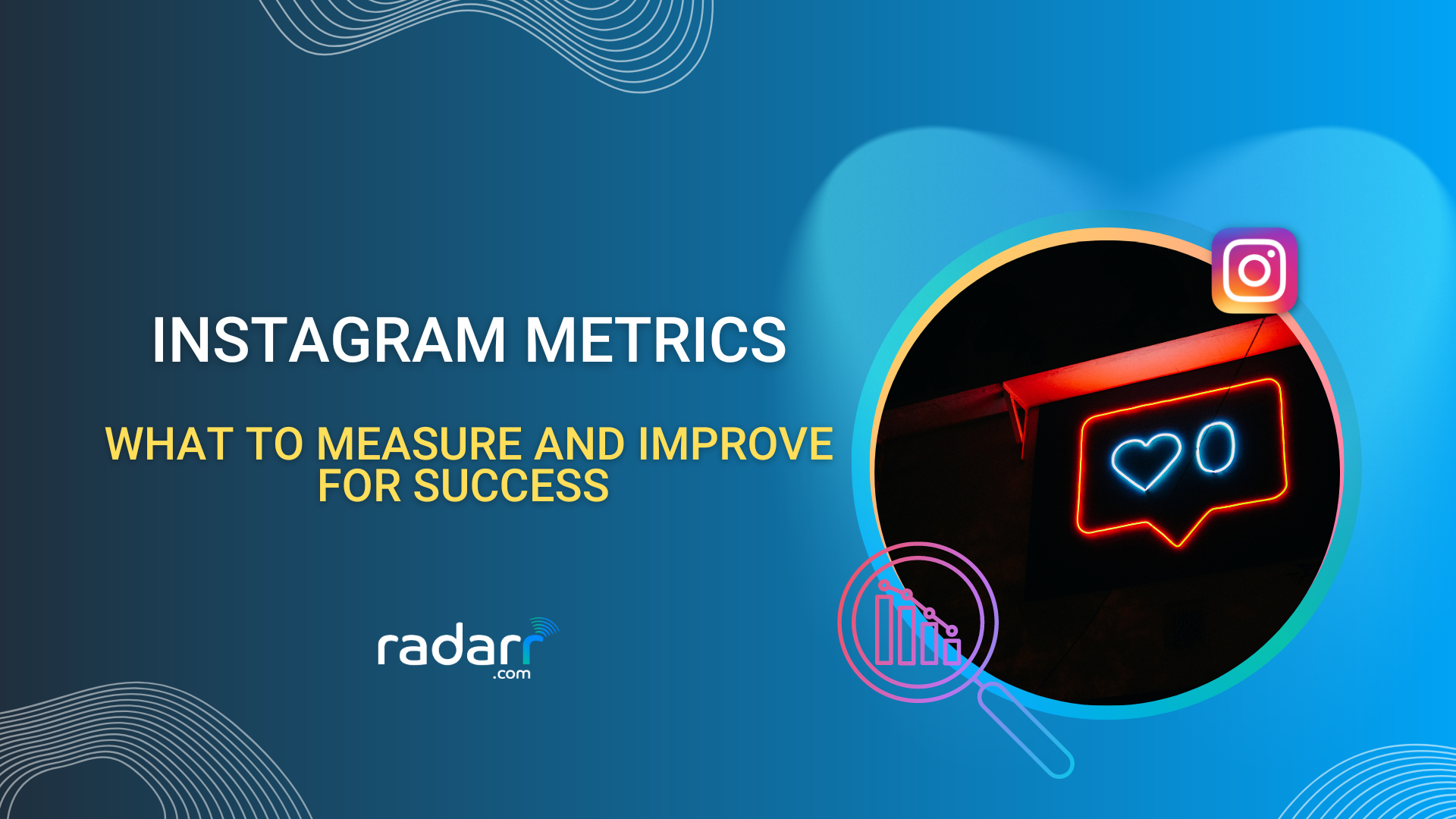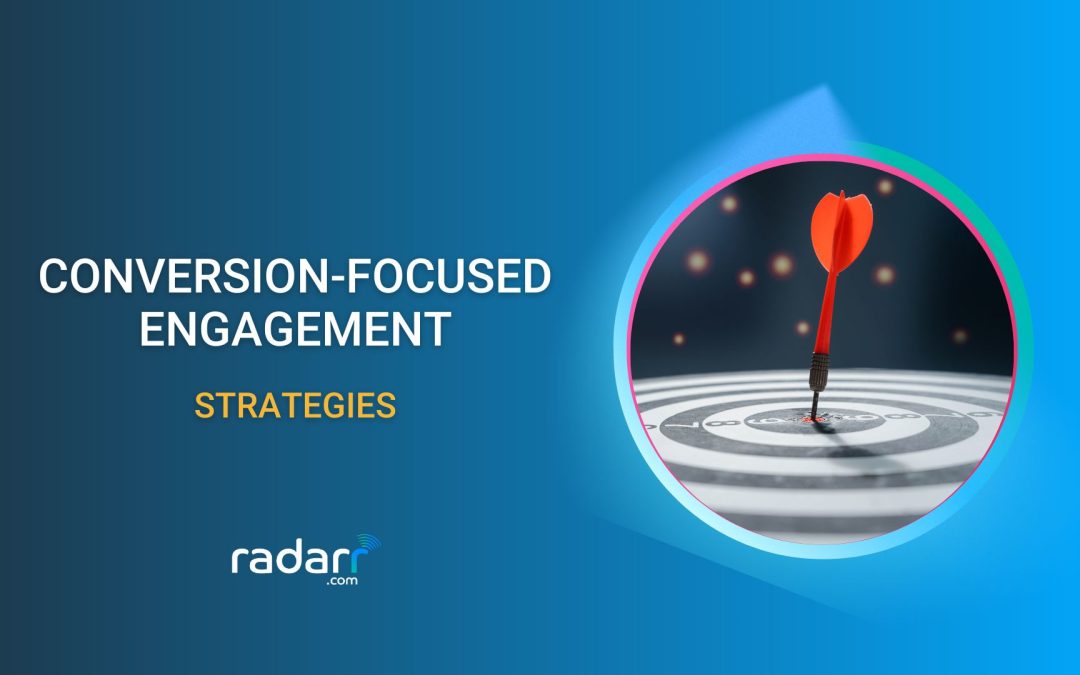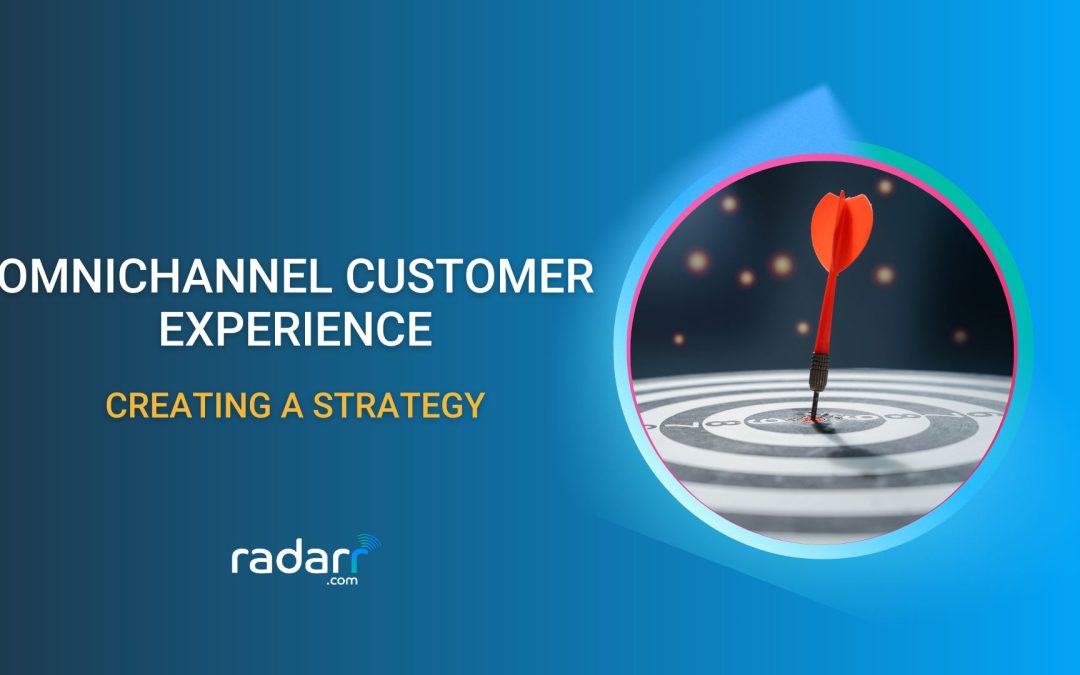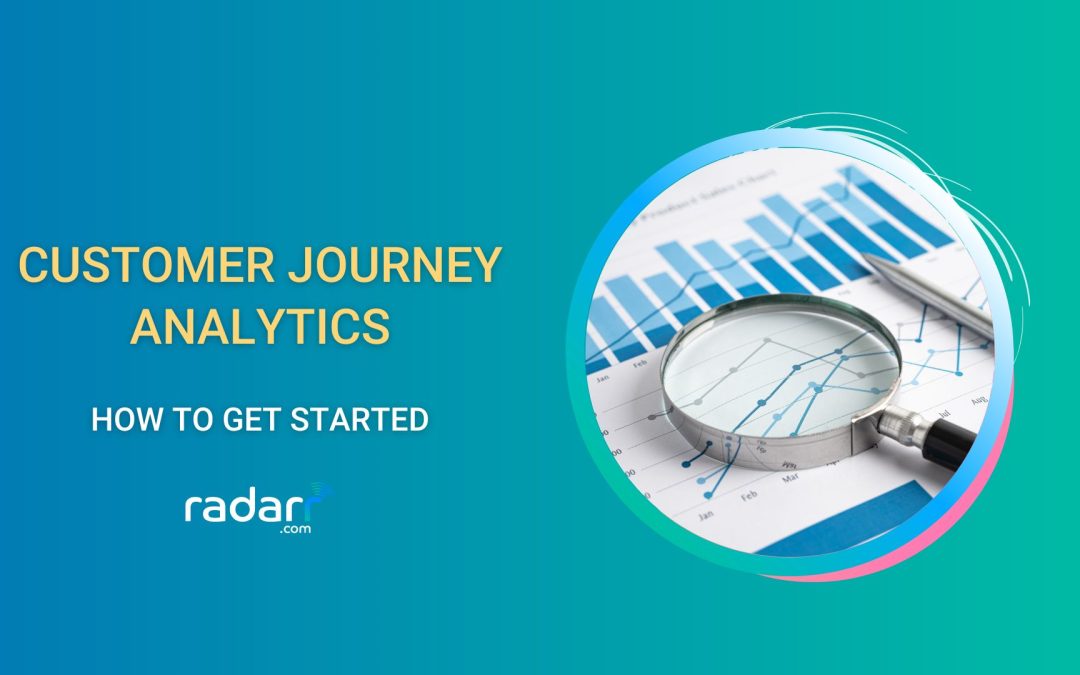Discover the Key Instagram Metrics You Need to Measure for Success – And How to Improve Them! 2895
Measuring social media metrics is especially important on Instagram. It’s critical to gain insight into what works and what doesn’t, how your audience is engaging, and how your campaign performs. Tracking the performance of your marketing efforts makes it easier to make data-driven decisions to improve your overall strategy.
However, measuring Instagram metrics can be very difficult as there are many things to measure. Therefore, it’s important to focus on metrics that align with your business goals and provide actionable insights.
In this blog, we’ll look at key Instagram metrics you should measure and how to improve them.
What are Instagram metrics?
Instagram metrics refer to various data points that need to be tracked and analyzed to assess the performance of your Instagram account and its content. We’ll talk about these metrics briefly later, but some of the most important metrics include engagement rate, impressions, and reach.
These metrics help you gain clear insight into your audience’s behavior and preferences, determine the effectiveness of your campaigns, and make informed decisions to improve your Instagram marketing efforts.
Also read: Everything You Need to Know About Instagram Listening
Benefits of measuring Instagram metrics
Here are few reasons why tracking your Instagram metrics is important:
1. Measure performance
No Instagram marketing effort is complete without measuring account and content performance. You can assess if your content resonates with your audience by tracking metrics like engagement rate, reach, impressions, and follower growth and adjust your strategy accordingly.
2. Identify trends
Tracking your metrics over time can help you identify trends in your audience’s behavior and preferences.
For example, if you notice a spike in engagement on a particular post type, you can analyze why and replicate that success in future posts.
3. Make data-driven decisions
Tracking metrics helps you make data-driven decisions about your Instagram strategy.
For example, if you find that video posts perform better than photo posts, you can focus more on creating video content.
4. Understand your audience
Instagram metrics give you insight into your audience’s demographics, behavior, and preferences. This information will help you craft an Instagram content strategy that resonates with your audience and effectively targets your advertising and marketing efforts.
Top Instagram metrics you must track to measure success
When you dig into your Instagram metrics, you’ll realize there’s much to measure. Thus it can be difficult to understand where to begin.
However, tracking the following Instagram metrics can really help. Let’s understand them.
1. Follower Growth Rate
Marketers should measure this metric to track follower growth over time. This helps you understand how your account is growing and whether your content resonates with your audience.
However, when measuring follower growth, it’s important to understand that you’re tracking how your follower rate is growing, not your actual followers.
Assuming you have 1000 Instagram followers and 100 followers increase every month, this is a 10% growth rate, which is considered the best. But if you have 10000 followers and gain 100 followers monthly, your follower growth rate is only 1%. This indicates that the strategy should be re-evaluated.
Here are some tips to increase your follower growth rate:
- Consistent posting is key to keeping your followers engaged and attracting new followers.
- Research popular hashtags in your niche to include in your posts.
- Engage with others by liking and commenting on their posts.
- Collaborate with other accounts in your niche to reach new audiences and gain followers.
- Make sure your profile is optimized for new followers.
- Consider running ads to promote your account or specific posts.
- Drive engagement with attractive graphics and interactive features like polls and questions.
2. Engagement Rate
The engagement rate measures the level of engagement on Instagram posts, including likes, shares, and comments. This metric is important for understanding how your audience engages with your content and which posts resonate with them.
How to calculate Instagram engagement rate:
Divide the total number of likes, comments, saves and shares by the number of followers and multiply by 100 to get the percentage.
A high engagement rate means that most users who follow you actively engage with your content.
On the other hand, a low engagement rate is a clear indication that you are doing something wrong. Your content may not be resonating with your audience, or you may not be posting it at the right time.
Here are some tips to increase your engagement rate on Instagram:
- Consistently posting is key to keeping your audience engaged with your content.
- Use relevant hashtags in your posts to increase awareness and reach.
- Engaging with your audience can build a sense of community and encourage others to participate in your content.
- Drive engagement and interaction with features like polls, questions, and quizzes. Make sure your photos and videos are visually appealing and of high quality.
- Hosting giveaways and contests is a great way to increase engagement and reward loyal followers.
While measuring Instagram engagement rate is an important metric that can reveal valuable insights into your brand’s Instagram performance, it alone may not provide a complete picture.
To gain a deeper understanding and improve this metric, it is essential to utilize social listening tools such as Radarr, which can provide valuable insights into audience sentiment and help identify opportunities for engagement and growth.
3. Reach
It gives you insight into the total number of unique accounts that have seen any of your posts. Measuring this metric is important to understand the overall reach of your content.
To calculate your Instagram reach, you can follow these steps:
- Open the Instagram app and go to your profile.
- Tap on the three horizontal lines in the top right corner.
- Select Insights.
- Click on the Overview tab.
- Scroll down to the Accounts Reached section.
- Here, you will see a graph that displays your reach over the past week or month.
- You can adjust the time period to see your reach over a longer or shorter period of time.
Here are some tips to boost your Instagram reach:
- Posting consistently on Instagram can help you maintain engagement and visibility.
- Use relevant hashtags to your content to make it more discoverable to users who are interested in that topic.
- Use engaging and informative captions that encourage users to engage with your posts.
- Engage with your audience by responding to comments and direct messages.
- Sharing user-generated content can increase your reach and engagement.
- Collaborating with other accounts can help to expand your reach and introduce your brand to new audiences. Instagram ads can help you reach a wider audience and increase visibility.
4. Impressions
The total number of times your posts have been seen by Instagram users. It is important to monitor this metric to understand the total number of views your content is receiving.
To calculate your Instagram impressions, you can follow these steps:
- Open the Instagram app and go to your profile.
- Tap on the three horizontal lines in the top right corner.
- Select Insights.
- Click on the Overview tab.
- Scroll down to the Impressions section.
- Here, you will see a graph that displays your impressions over the past week or month.
- You can adjust the time period to see your impressions over a longer or shorter period of time.
Monitoring your impressions over time can help you understand how your content is performing and identify areas for improvement.
Note: Before we move ahead, it’s very important to understand that Reach and Impression are different metrics. Reach measures the unique number of accounts that have seen your post, while impressions measure the total number of times your post has been viewed. Both metrics are important to monitor as they can help you understand your content’s overall visibility and engagement.
5. Click-through Rate
You may be using CTAs (Call-to-action) in your posts, stories, and bio. But is adding CTAs enough? Well, it’s also important to measure the effectiveness of your call-to-action, and it’s where the click-through rate metric can help.
This metric measures how often people click on links in your bio, stories, or posts.
A high CTR (click-through rate) indicates that users are engaged with the content, which can lead to higher engagement rates overall. By analyzing the content that generates the most clicks, you can identify what types of posts or ads their audience prefers and create more.
Here’s how you can calculate your CTR:
CTR = (Number of Clicks / Number of Impressions) x 100
For example, if your Instagram post received 1,000 impressions and 100 clicks, the CTR would be:
CTR = (100 / 1,000) x 100 = 10%
So the CTR for that post would be 10%.
Here are some tips for increasing your click-through rate:
- Use high-quality images and videos that grab the user’s attention and stand out.
- Use a call to action (CTA) to drive clicks and provide context for your post or ad.
- Use relevant hashtags that are popular with your audience to increase visibility and engagement.
- Use Instagram Insights to analyze when your followers are most active and plan your posts accordingly.
- Experiment with different formats for posts and ads, such as Stories and Reels.
- Partner with relevant influencers to promote your products and services in ways that resonate with your followers and lead to more clicks and engagement.
Remember that measuring click-through rate might reveal a lot of important data but true social media success lies in listening to your audience. You can go beyond the click through rate on Instagram by using tools like Radarr for deeper insights and a better understanding of your customers.
6. Hashtag performance
Hashtags are the primary way users discover new content on Instagram. Therefore, tracking hashtag performance can help you understand which hashtags generate the most engagement and adjust your strategy accordingly.
Instagram allows you to include up to 30 hashtags in each post, but you don’t have to use all of them. Using fewer hashtags can also help. But you can only decide that when you have Hashtag performance metrics.
Boosting your Instagram hashtag game requires more than guesswork – with tools like Radarr, you can analyze your hashtag performance, monitor trends, and stay ahead of the game.
Here are some tips to improve your hashtag performance.
- Research relevant hashtags to reach a wider audience and increase engagement.
- Use popular hashtags to raise awareness, but consider using niche hashtags to reach a more targeted audience.
- Creating branded hashtags unique to your brand and campaign can help increase brand awareness and engagement.
- Use relevant hashtags in your stories to increase your reach.
- Stick to a few relevant hashtags per post and avoid using irrelevant hashtags just to try to reach a wider audience.
- Keep an eye on current events and trending topics to identify relevant hashtags for your posts.
7. Instagram Story Metrics
Instagram Stories is a compelling platform feature, with over 500 million daily active users. So measuring metrics like close rate, exit rate, and swipe-up rate can help you assess the effectiveness of your stories and improve your strategy.
Additionally, Instagram Stories offer a unique opportunity for brands to showcase their creativity, authenticity, and individuality, ultimately increasing conversions and sales.
When it comes to Instagram Stories, there are many good metrics to measure:
- Impression: Total views of the story.
- Reach: The number of unique accounts that have seen your story.
- Tap forward: The number of times someone tapped to advance to the next story in the sequence.
- Tap back: The number of times someone tapped to return to the previous story in the sequence.
- Replies: The number of times someone replied to your story.
- Exits: The number of times someone exited your story and returned to your feed.
Follow these tips to improve your Instagram Stories metrics:
- Use high-quality images and videos that align with your brand and message.
- Add elements like polls, quizzes, and questions to your stories to engage your audience with your content and increase engagement rates.
- You can increase your story visibility and reach by including relevant hashtags and location tags in your Instagram Stories.
- Posting Instagram stories regularly and consistently keeps your audience engaged and interested in your content.
- Experiment with different story ad formats and targeting options to see what works best for your brand.
8. Instagram Ads Metrics
Measuring Instagram advertising metrics is important for marketers as it allows them to track the effectiveness of their advertising campaigns on the platform. By analyzing these metrics, marketers can gain insight into ad performance, identify areas for improvement, and make data-driven decisions to optimize campaigns and drive better results.
Some important Instagram ad metrics marketers should measure are:
- Reach: The number of unique users who saw the ad.
- Impression: Total number of views for the ad.
- Click-through rate (CTR): The percentage of people who clicked after seeing your ad.
- Exchange rate: Percentage of users who performed the desired action. For example, after clicking an ad, they purchased or filled out a form.
- Cost Per Click (CPC): The average cost you pay for one click on an ad.
- Return on ad spend (ROAS): The amount of revenue earned from an advertising campaign divided by the cost of the campaign.
Here are some tips to improve your Ad metrics on Instagram.
- Define your target users based on demographics, interests, and behavior before creating an ad campaign.
- Use high-quality images and videos that grab people’s attention and make your ad stand out.
- Keep your ad copy clear and concise, and communicate the value of your product or service.
- Experiment with different ad formats, graphics, text, and targeting options to see what works best for your audience.
- Use retargeting to show your ads to people already engaged with your brand.
- Avoid showing ads to the same users too often, as this can lead to ad fatigue and low engagement.
- Make your landing pages relevant to your ad content and provide a seamless user experience.
9. Instagram Reel Metrics
With short-form video content gaining momentum in recent years, Instagram Reels provides a platform for marketers to create and share short, engaging videos. Today, marketers use it to present their products and services creatively and engagingly, showing potential customers their features and benefits.
Thus, measuring Instagram Reels metrics is essential for marketers to understand the performance of their Reels content, optimize targeting, track ROI, and stay competitive.
There are several Instagram Reel metrics that marketers should measure:
- Views: The number of times your Reel has been viewed
- Engagement: Engagement metrics like likes, comments, and shares indicate how well your Reel is resonating with your audience.
- Saves: The number of times your Reel has been saved can help determine the long-term impact of your Reel content.
- Impressions: Impressions measure the number of times users have seen your Reel.
- Reach: Reach measures the number of unique users who have seen your Reel.
To improve your Reel metrics, here are some tips:
- Use trending music and hashtags to increase discoverability and reach.
- Create visually appealing content that captures users’ attention.
- Use text overlays to provide context and encourage engagement.
- Experiment with different Reel formats, such as tutorials, behind-the-scenes content, and more.
- Engage with your audience by responding to comments and encouraging user-generated content.
- Promote your Reel content through other channels, such as Instagram stories or your website.
Remember that Instagram Reel metrics are just the tip of the iceberg – by combining them with social listening insights from Radarr, you can build a more impactful Reel strategy that resonates with your audience and drives long-term engagement.
Take your Instagram marketing strategy to the next level with Radarr!
In 2023, it’s more important than ever for marketers to measure Instagram metrics to understand the impact of their content and campaigns on the platform. However, while measuring these metrics is important, it’s not enough.
To truly grow your business on Instagram, you need to understand the context behind the numbers and use this information to make informed decisions about your strategy.
This is where Radarr’s social analytics comes in. By providing deeper insights into your Instagram metrics, Radarr can help you understand the impact of your content on your audience, identify areas for improvement, and make data-driven decisions about your Instagram strategy.
So if you want to take your Instagram marketing to the next level, don’t just focus on measuring your metrics – use Radarr social analytics to understand the story behind the numbers and unlock the true potential of your Instagram presence.
Frequently Asked Questions (FAQs)
How do I see Instagram Analytics?
To see Instagram Analytics, you need to have an Instagram business account. Once you have a business account, you can access Analytics by tapping the three horizontal lines in the top-right corner of your profile, and then selecting “Insights.” From there, you can view a range of data on your account’s performance, including engagement, reach, impressions, and more.
What are KPIs for Instagram Analytics?
KPIs, or Key Performance Indicators, for Instagram Analytics, are the metrics that businesses use to measure the success of their Instagram marketing efforts. These can include engagement rate, follower growth, reach and impressions, click-through rate, and conversion rate.
What is Instagram’s growth metric?
Instagram growth metric refers to the various measurements used to track a brand or account’s growth on the platform. By analyzing growth metrics, businesses can assess the effectiveness of their Instagram strategy and make adjustments to improve their performance and achieve their marketing goals.












